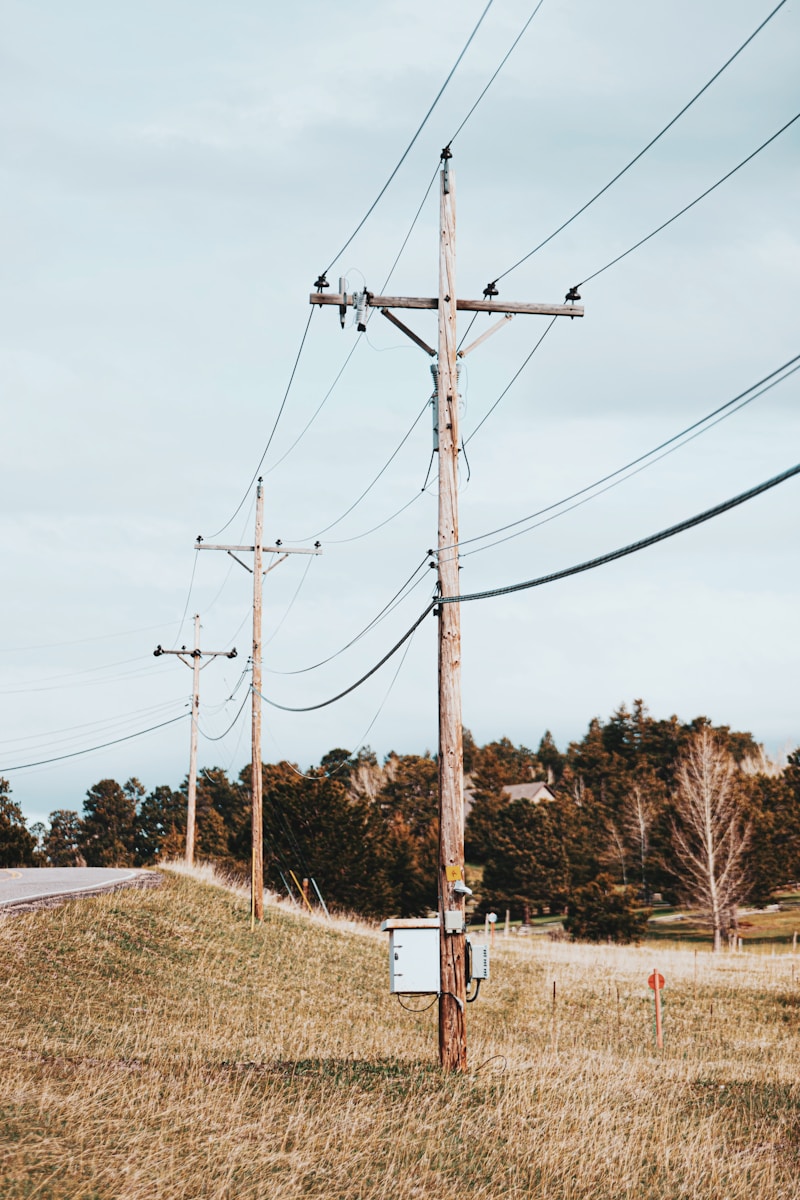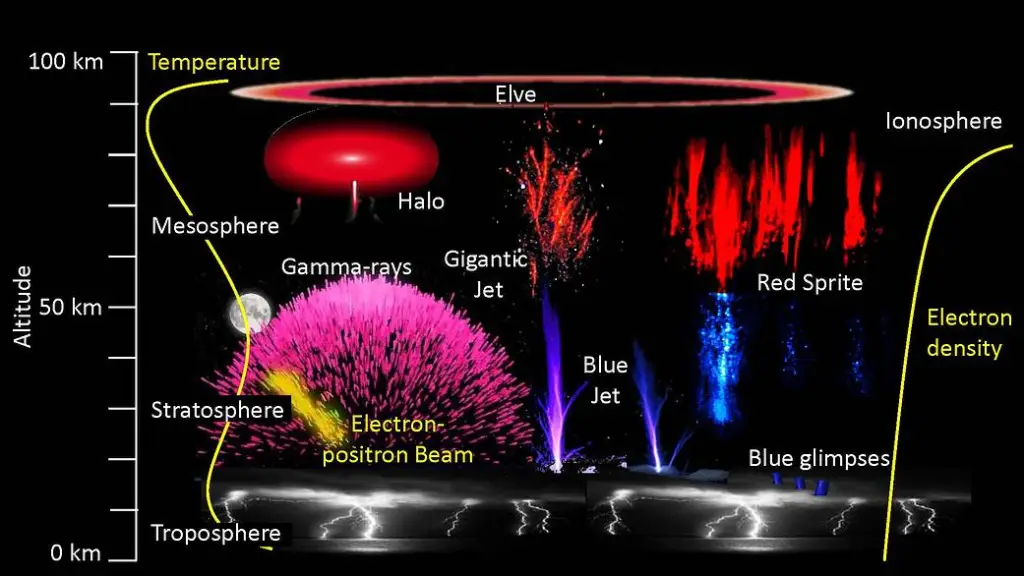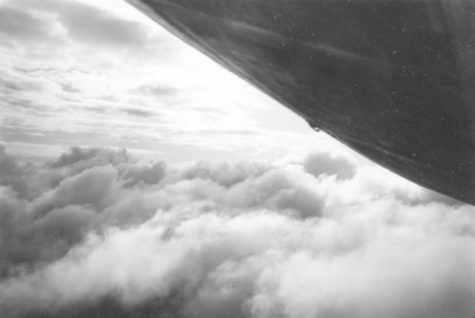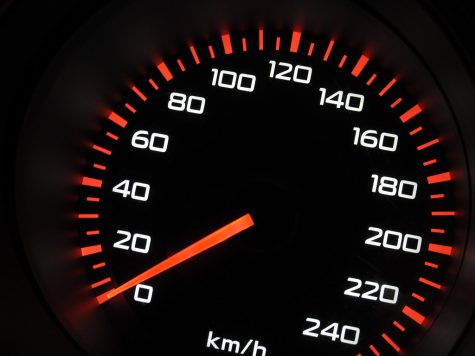The Truth Behind Why Your Ears Pop in a Plane
https://www.youtube.com/watch?v=3jJ1XfNv7Eg
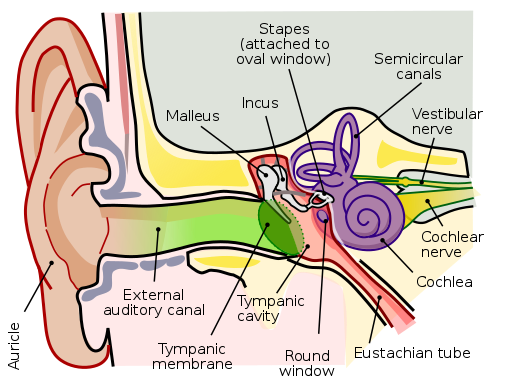
“File:Anatomy of the Human Ear.svg” by Lars Chittka; Axel Brockmann is licensed under CC BY 2.5.
What is airplane ear and when does it happen?
You’re in an airplane excited to reach your vacation destination, when your ears suddenly feel like they’re getting filled with some sort of invisible pressure. Sometimes it’ll be relieved with a painful pop, or it’d just keep on going until your descent. Have you ever wondered why this happens?
Well, when the atmospheric pressure around you climbs higher in a faster pace than it takes your ears to adjust, your ears can feel like it’s filling up or they may even start popping. This is because of the pressure imbalance between your ears and your surroundings. This phenomenon is sometimes known as ‘Airplane ear’ or ear barotrauma, and often ruins what is supposed to be a peaceful flight in the air. It can also happen to scuba divers who dive far into the ocean or even just regular swimmers who want to touch the bottom of the deep end.
Luckily, there are a few ways to prevent or cure this unfortunate experience.
Preventative measures:
Chewing gum or yawning. Swallowing (chewing gum) or yawning can activate the muscles that open up the eustachian tubes. Eustachian tubes are the tubes that regulate the pressure between the ear drums and the atmosphere around your ears.
Valsalva maneuver. Although you may think you’ve never heard about this method, it’s very likely you’ve tried it at least once in your life. The first step to the maneuver is to plug your nose. Then, you try to blow it out through your mouth but keep your mouth closed. Doing this will end up in the pressure going out through your ears, because it has nowhere else to go. If you’re still confused on how it works, remember that your ears, mouth, and nose are all connected.
Toynbee maneuver. The Toynbee maneuver is when you pinch your nostrils and swallow. This is pretty similar to the Valsalva maneuver and trying out both is an easy way to find your go to in getting your ears equalized quickly. Knowing how to do both is good because that way if one doesn’t work, then you can go ahead and try the other.
Those three techniques are the most mainstream, but there are definitely other ways to unplug/clear your ears.
RELATED STORIES:
https://www.mayoclinic.org/diseases-conditions/airplane-ear/symptoms-causes/syc-20351701#:~:text=A%20narrow%20passage%20called%20the,This%20can%20trigger%20airplane%20ear.\
https://www.healthline.com/health/how-to-pop-your-ears
https://www.scubadiving.com/equalizing-ear-clearing-scuba-diving
https://goflightmedicine.com/clearing-ears/
https://www.myfloridaent.com/blog/318069-ear-pain-after-traveling-on-an-airplane
TAKE ACTION:
The next time you go swimming, try to touch the bottom of the deep end and then use one of the techniques to unblock your ear.
https://www.medicalnewstoday.com/articles/my-ears-wont-pop-i-feel-constant-pressure#home-remedies







